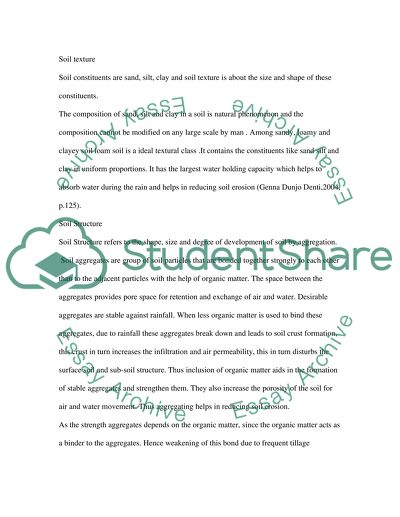Cite this document
(“The Relationship Between Soil Properties and Soil Erodibility Essay”, n.d.)
The Relationship Between Soil Properties and Soil Erodibility Essay. Retrieved from https://studentshare.org/science/1516251-the-relationship-between-soil-properties-and-soil-erodibility
The Relationship Between Soil Properties and Soil Erodibility Essay. Retrieved from https://studentshare.org/science/1516251-the-relationship-between-soil-properties-and-soil-erodibility
(The Relationship Between Soil Properties and Soil Erodibility Essay)
The Relationship Between Soil Properties and Soil Erodibility Essay. https://studentshare.org/science/1516251-the-relationship-between-soil-properties-and-soil-erodibility.
The Relationship Between Soil Properties and Soil Erodibility Essay. https://studentshare.org/science/1516251-the-relationship-between-soil-properties-and-soil-erodibility.
“The Relationship Between Soil Properties and Soil Erodibility Essay”, n.d. https://studentshare.org/science/1516251-the-relationship-between-soil-properties-and-soil-erodibility.


